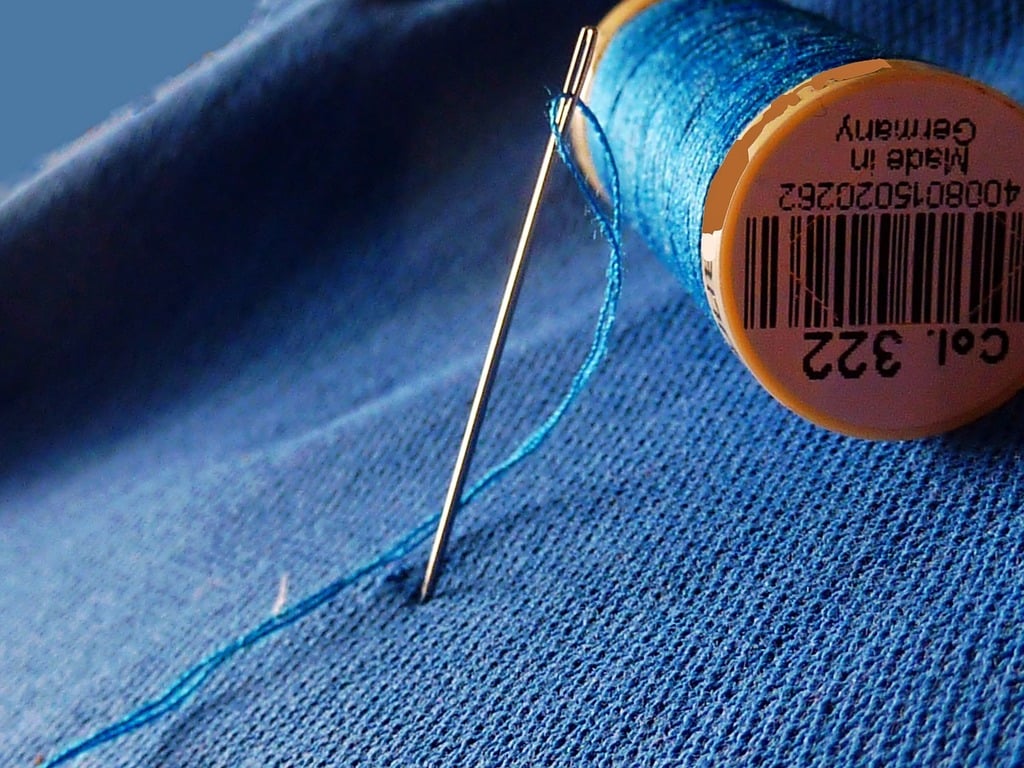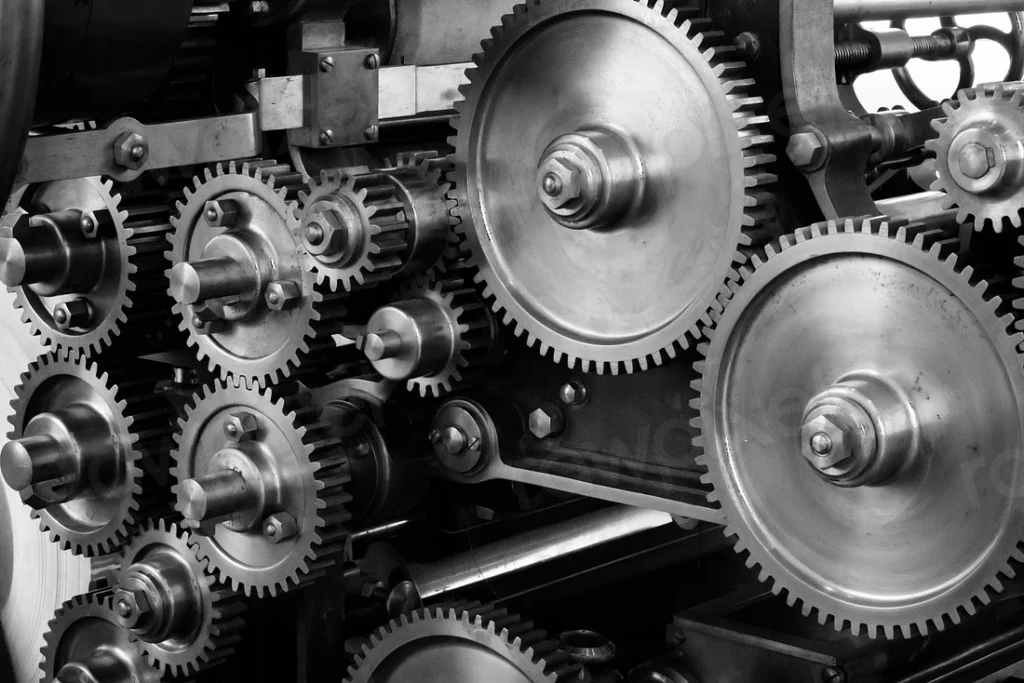Fabric Expansion Joints
The versatility of fabric expansion joints (allowing simultaneous movement in more than one direction) and the open design options they offer are almost endless since they can be manufactured in any size and shape: circular, square, rectangular, oval, conical, or combinations thereof. In addition to their outstanding thermal conductivity, insulating properties, air-tightness, vibration reduction, and noise suppression, they are highly resistant to corrosion and high temperatures as well.
In addition to providing the most simple fabric expansion joints, Codinor can also offer many variations with multiple layers of technical fabrics, to maximize thermal, chemical, and mechanical resistance, as well as fatigue properties.
Which materials are used to make fabric expansion joints?
To manufacture fabric expansion joints, synthetic fabrics, elastomers, and asbestos-free materials are used.The ability to perform axial, lateral, angular, and torsion movements are provided by their superior flexibility. Specialized woven fabrics coated with or laminated with fluoropolymers or elastomers can be used to create fabric expansion joint. Fabric expansion joints are mainly employed for gaseous media like air or clean gas or gas containing aggressive and abrasive as well as liquid matter.
Bellows materials
- The material of the insulation is glass fabric, ceramic, or silicate
- Elastomers, PTFE, high-alloyed steel can be used as sealing foils
- Polyester, Aramid, Glass fabric, and Silicate fabric are used as backing fabrics
- The coatings include Neoprene, EPDM, CSM, Silicon, PTFE
In what ways does the use of fabric expansion joints benefit you?
1. Low System Design Costs: Fabric Expansion Joint Installation can accommodate multiple movement types and reduces the overall system cost by the following:
- Make use of the large movements in multiple planes.
- Compared to metal expansion joints, these joints can deliver the same movements in a smaller face-to-face dimension.
- Simplification of the system geometry can simplify the operation.
2. Materials at Low Costs: Corrosivity resistance determined in the application might not require the use of high alloy metals. There is a vast selection of plastics and elastomers that will allow us to choose the most effective, least expensive material.
3. Costs of shipping and installation are lower: Installation is made easier by pre-assembling fabric expansion joints that can be shipped to the Jobsite. Considering their lightweight, they require a minimal amount of field assembly and can be hoisted into position.
4. Replacement costs are lower: With minimal downtime, fabric expansion joints can be easily changed. Depending on the application, the expansion joints can be spliced in the factory or left open for field assembly.

What is the process of fabric expansion joints installation?
The steps for installing fabric expansion joints are as follows:
- Pre-installation checks
- Handling for installation
- Installation of bolster
- Splicing or joining
- Flexible element installation
- Pre-assembled units are installed
- The gaskets
- The bolting process
- Insulation for external ducts
- Check the system before start-up
- Post-start-up activities
- Disposal of used components
- Regular maintenance and operation
Why is the fabric expansion joint used?
Fabric expansion joints allow for pipe dimensions to be distorted and adapted to variations in pipe sizes caused by thermal expansion as they are inserted into pipe systems. In addition, it can be used to create a tee-like connection between equipment and a pipe it is connected to, preventing “rigid interfaces” that could damage the equipment.
What are the basic types of fabric expansion joints?
Single Layer Type
The core material consists of reinforcement plies and non-permeable laminates that are bonded together to form a homogeneous material impervious to flue gas gases as well as highly resistant to flue gas acids, oils, chemicals, and even heat. PTFE as well as elastomers, fluoroelastomers, or elastomer belts provide single-layer belting.
Composite Type
In a clamped flange area, these fabric joints are usually created by bonding, knitting, sewing, or bolting together layers of materials. There are several layers and barriers in composite belts, including a gas sealing membrane, an insulating layer, a retaining layer, wire mesh, and reinforced fabric plies coated with coatings. In terms of composite belt construction, there are two main types – belts and belts with integral flanges.
Belt Type
Flat belts are used as flexible elements of fabric expansion joints. Manufacturers and installers agree that this is the most efficient method. When the materials are moved under operation, they are subjected to minimum stress. Many different frames can be used in different circumstances. The flexible element can be more easily replaced if it is easily accessible.
Flanged Type
A flexible element for expansion joints, featuring right-angled flanges integrated within. Connections can be made in this manner easily. Applications involving low temperatures are most commonly recommended.
Fabric expansion joints for flue ducts at high temperatures
Flue duct expansion joints made with thermaflex fabrics reduce tubing stress by absorbing shock and thermal growth, isolation of mechanical vibration, and misalignment. Expansion joints from thermaflex are fully custom-designed to meet your individual application needs.
These thermaflex Flue duct expansion joints are specifically engineered to handle low pressure (±3 psig) environments and temperatures up to more than 2000°F.
What are the features of fabric expansion joints?
As fabric expansion joints come in a multitude of shapes (including U-type, flat belt type, square, rectangular, and round) that can all be easily added to industrial duct systems of any shape and size, we offer a multitude of options for material and feature customization.
These are not only easily installed, but they are also affordable and easily transportable, and storable. Fabric expansion joints solve a serious problem while at the same time-saving time and money.
Apart from that if you want to know about Furniture Stores then please visit our Fashion category.



